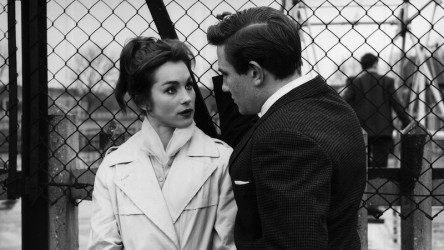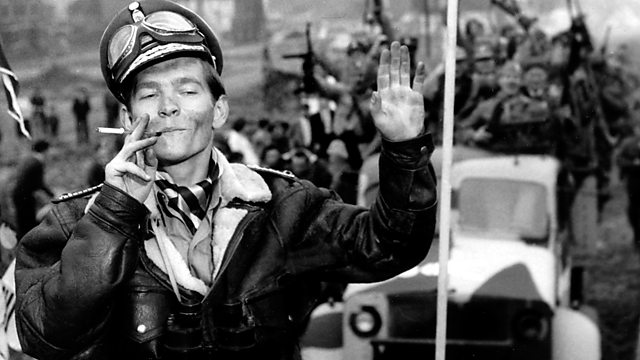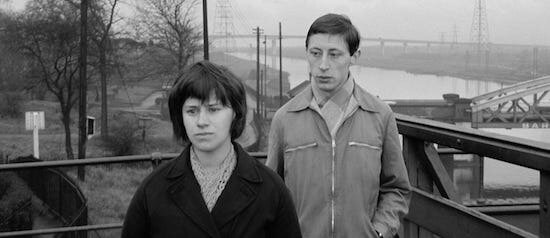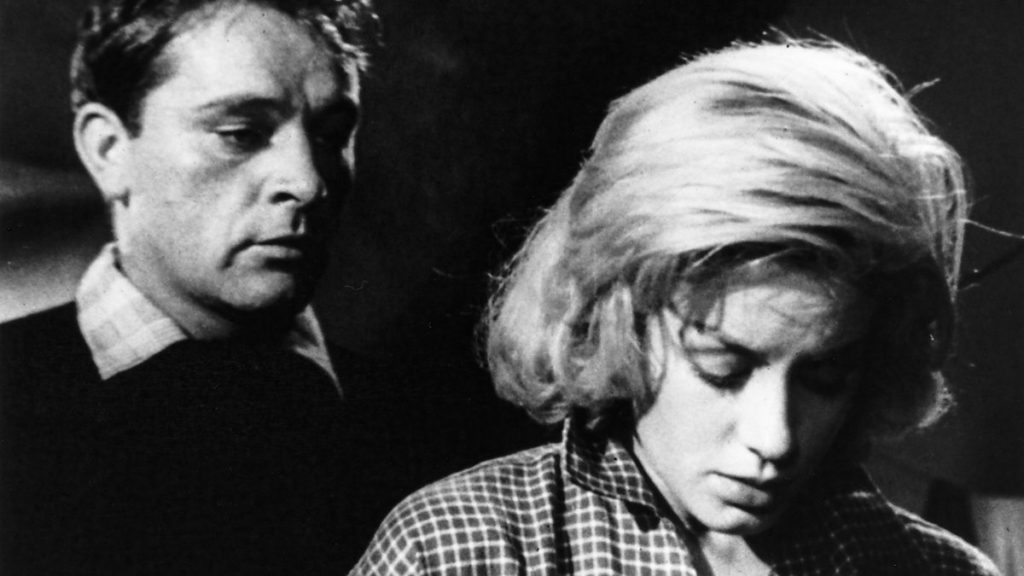The British New Wave was a movement among young British filmmakers of the late 1950s and early 1960s who had grown up watching American and European art films and were inspired to make more of their own. The movement had an emphasis on social realism and naturalism, as well as a tendency to focus on working class characters and settings.
British New Wave films were made outside of studio control, studios rarely wanted to distribute them and so because of this, they were often shown in small specialty theatres or at film festivals.
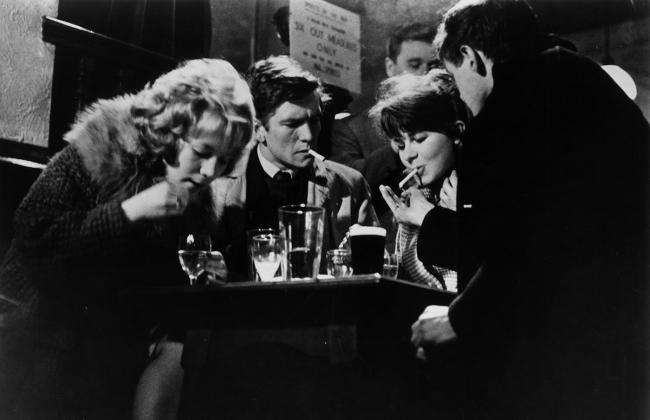
The British New Wave was characterised by many of the same stylistic and thematic conventions as the French New Wave. Usually in black and white, these films had a spontaneous quality, often shot in a pseudo-documentary / fake documentary, style on real locations and with real people rather than extras, apparently capturing life as it happens.
The key characteristics of British New Wave Cinema include:
- An emphasis on the gritty, often grimy reality of life
- The use of nonprofessional actors with naturalistic performances
- A focus on social issues and marginalized groups (e.g., immigrants)
- The use of location shooting to capture authentic regional accents and settings
- An emphasis on realism over artifice and stylization
A few films and directors that came from British New Wave Cinema Era:
- Saturday Night and Monday Morning (1960) – Dir. Karel Reisz
- Billy Liar (1963) – Dir. John Schlesinger
- This Sporting Life (1963) – Dir. Lindsay Anderson
- A Taste of Honey (1961) – Dir. Tony Richardson
- Look Back in Anger (1959) – Dir. Tony Richardson
